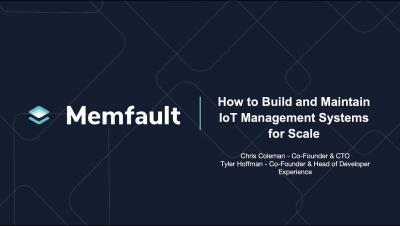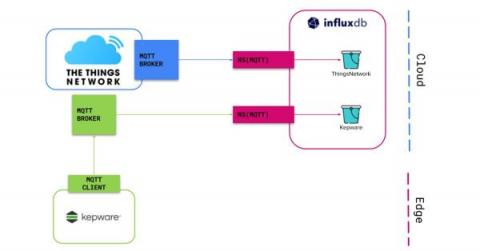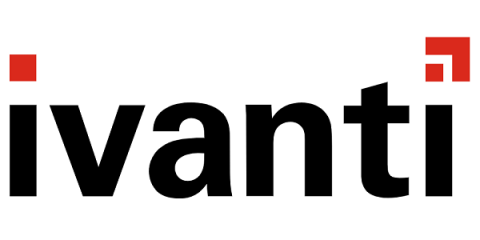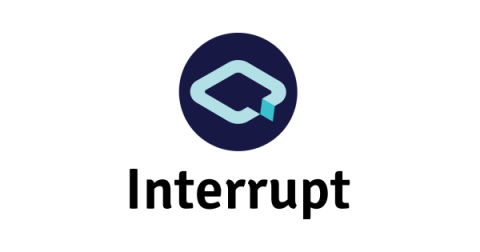Operations | Monitoring | ITSM | DevOps | Cloud
IoT
InfluxDB Cloud Native Collectors, Enterprise and Industrial IoT Examples - Part 1
Learn how to deploy InfluxDB Cloud’s Native Collectors with Kepware and The Things Network. Did you hear about the new feature that just dropped to InfluxDB Cloud? Native Collectors! Starting with MQTT. There will be plenty of content to get you started with Native Collectors. So this blog series covers connecting two popular IoT-based platforms to InfluxDB Cloud using native Collectors. One Enterprise use case and one industrial use case.
5 Top Retail Management Platforms You Ought to Invest in
What are the different types of IoT connectivity?
Why Is IoT in Asset Management Solution Getting Popular Among Organizations?
These days technology is essential for businesses as their clients only want the best technology. Moreover, competition is high and having the best technology is significant for running daily operations successfully. Therefore, when an organization is equipped with a lot of assets in order to keep them maintained. In the market, there are several technologies available for effective asset management such as Barcode, QR Code, RFID, GPS, BLE, NFC, IoT, etc.
Healthcare IT Security Budgets Aren't Keeping Pace With IoMT Threats
The impact of ransomware attacks on healthcare is as alarming as it is under-addressed. These attacks on the United States healthcare system alone are causing an annual burden of nearly $21 billion, including well over $100 million in ransoms. While the financial costs help illustrate the scale of the problem, the true cost is the tragic reality of impacted patient care – including higher patient mortality rates.
Debugging Embedded Devices in Production
Integrating Memfault with Blecon Bluetooth Devices
I’m Donatien, co-founder of Blecon, where we provide device connectivity to the Internet using only Bluetooth. In my previous lives working in the IoT division at Arm and my previous start-up, our teams constantly wrestled with debugging firmware bugs on remote devices.
Top 5 IoT challenges and how to solve them
There are a number of challenges to surmount for enterprises in the IoT sector, including having a short time to market, airtight security, a versatile update mechanism for hardware and software and mastering device management. The more planning and practical steps that are taken to address key considerations, the faster an IoT project can get to market and make an impact on the world.
RTOS 101: Semaphores and Queues
The use of a Real-Time Operating System (RTOS) is increasingly common in embedded software designs. An RTOS makes it easy to divide your code into smaller blocks, tasks, which execute seemingly in parallel and independent of each other, as described in the first article in the RTOS 101 series.











